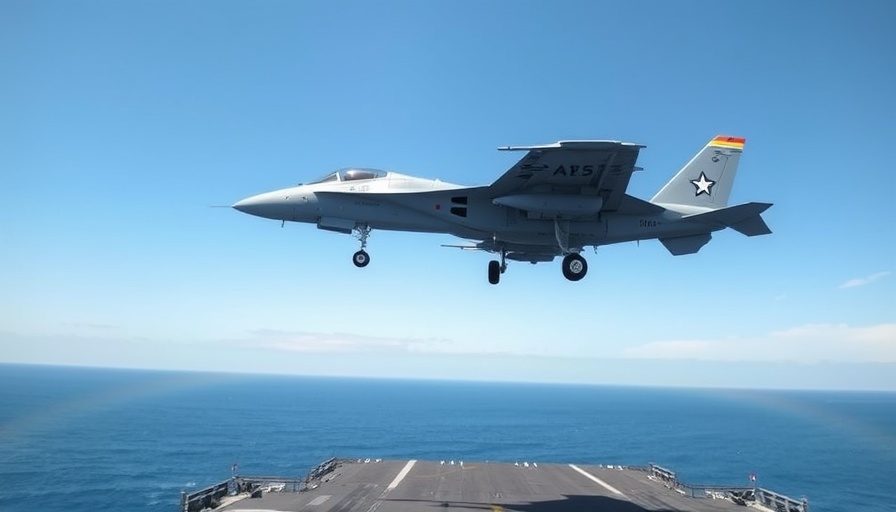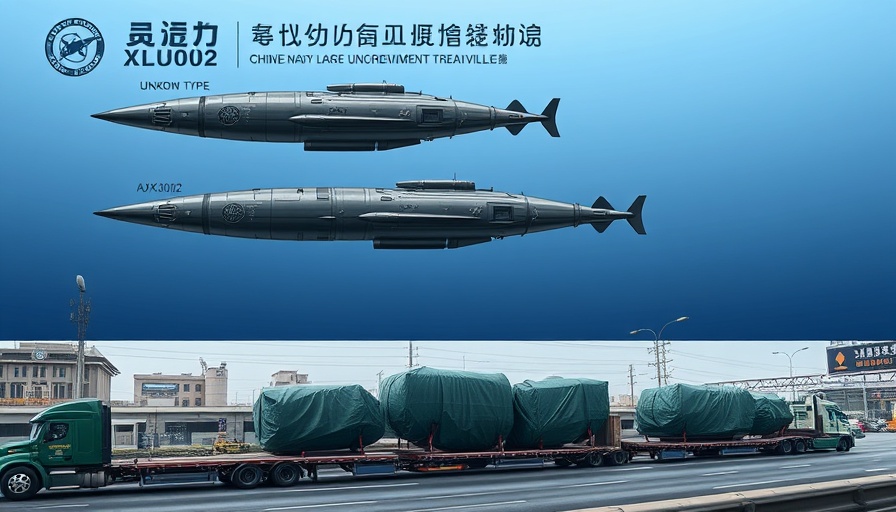
Seizing Opportunities in the Icebreaker Market
As Canada’s Davie shipyard expands its reach into the U.S. by acquiring shipyard sites, it’s now setting its sights on the Swedish icebreaker market. This ambition was revealed by CEO James Davies, who emphasized the critical need for Sweden to renew its aging icebreaker fleet. The urgency stems from a recent report by Helsinki Shipyard, indicating that without immediate action, Sweden risks falling behind in essential Arctic maritime capabilities.
Understanding the Current State of Sweden's Icebreaking Fleet
Currently, Sweden boasts only six operational icebreakers, some of which are decades old. In 2022, the Swedish Maritime Administration (SMA) sought proposals to construct two new vessels by 2026. However, this initiative unexpectedly stalled when no bidders met the specified requirements, underscoring a troubling gap in the country's icebreaking capabilities. This scenario presents a prime opportunity for Davie, looking to leverage its shipbuilding expertise to fill this void.
The Challenges Swirling Around Icebreaker Construction
The construction process for new icebreakers is ongoing, yet it is fraught with challenges, particularly given the SMA's stringent delivery specifications. Aker Arctic, a consulting firm, has indicated that vital discussions surrounding this initiative continue but have yet to yield any concrete construction decisions. Awareness of these hurdles does not dampen Davie’s enthusiasm; it actively engaged Sweden’s stakeholders through a seminar on June 25, emphasizing the dire need for new icebreakers and bolstering its case as a potential contractor.
Davie's Bold Moves: Expansion and International Reach
With plans to acquire two American shipyards from Gulf Copper and Manufacturing Corp. in Texas, Davie is reorganizing its operation to focus heavily on Arctic icebreaking vessels. This expansion comes despite concerns surrounding U.S.-Canada relations and the complex regulatory environment for foreign investments. However, Davie's leadership remains resilient, asserting that its identity as a private international shipbuilding group allows it to navigate these waters effectively. “We are not only a Canadian business,” Barrett stated, “we are a private international shipbuilding group...”.
A Collaborative Approach to Addressing Icebreaking Needs
As Davie positions itself as an industry partner, it plays a critical role in the newly formed Icebreaker Collaboration Effort (ICE Pact), which unites the expertise of Finland, Canada, and the U.S. The ICE Pact was initiated in 2024 to tackle the growing need for advanced iceboats that can operate throughout the year in the Arctic environment. Recent discussions among national coordinators have highlighted key focus areas like information-sharing and workforce development—efforts that could bolster icebreaking operations across the involved nations.
The Future of Icebreakers: Insights and Predictions
The future of icebreaking in the Arctic is not just vital to maritime navigation; it also holds implications for environmental monitoring and resource management in the region. As climate change continues to reveal previously unreachable shipping routes, the need for cutting-edge icebreaker technology becomes ever more pressing. As Davie and its collaborators ramp up their efforts, the outlook suggests a significant transformation in maritime operations within Arctic waters.
Conclusion: A Call to Stakeholders in the Maritime Sector
The ongoing developments highlight a critical juncture for stakeholders in the maritime industry, especially those focusing on Arctic operations. As nations grapple with evolving environmental challenges and the subsequent demand for icebreaking vessels, collaboration remains key to success. Stakeholders must engage, adapt, and explore innovative partnerships—just as Davie is doing—to navigate the rapidly changing landscape of Arctic maritime operations.
 Add Row
Add Row  Add
Add 




Write A Comment